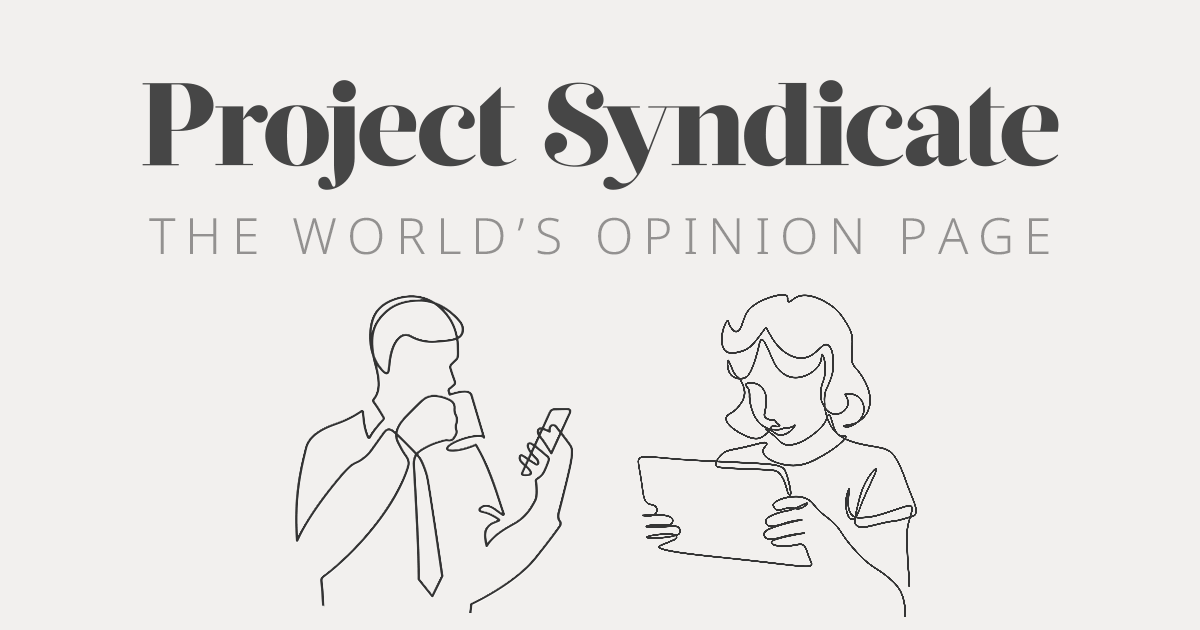Thinking Computers Must Hallucinate, Too | by David Gelernter - Project Syndicate

🌈 Abstract
The article discusses the challenges of creating "thinking computers" that can simulate human thought processes. It argues that despite decades of research in artificial intelligence, computers are still no closer to achieving this goal because we have failed to understand the fundamental nature of human thought.
🙋 Q&A
[01] The Nature of Human Thought
1. What are the four familiar situations of human thought described in the article?
- Thinking analytically and logically about a problem
- Thinking casually, drawing on experience rather than analysis
- Letting the mind wander freely
- Dreaming while asleep
2. What is the key insight about these four styles of thought? They are not separate and distinct, but rather points on a continuous spectrum of human cognition, with analytical thinking at one end and dreaming at the other.
3. How does the article argue that understanding thought requires understanding the entire cognitive spectrum? Just as understanding color requires understanding the entire spectrum from red to violet, understanding thought requires understanding the full range from analytical thinking to dreaming, not just the extremes.
4. What is the author's proposed "imaginary dial" for understanding the mind? The author suggests conceiving of the mind as having a dial for "mental focus" or "alertness" that oscillates throughout the day, with analytical thinking requiring high focus and creative thinking requiring lower focus.
[02] The Limitations of Current AI
1. Why does the article argue that simulating human thought on a computer is not possible yet? The article states that it is "nonsense to believe that we can simulate thought on a computer without first understanding and simulating all of its component hues," including dreaming and hallucination, which are essential parts of the cognitive spectrum.
2. What does the article say about the ability of a computer with a permanently "high focus" setting to simulate human thought? The article argues that such a computer would be unable to come close to simulating human thought, since human thought involves the full range of the cognitive spectrum, including lower focus states like creativity and dreaming.